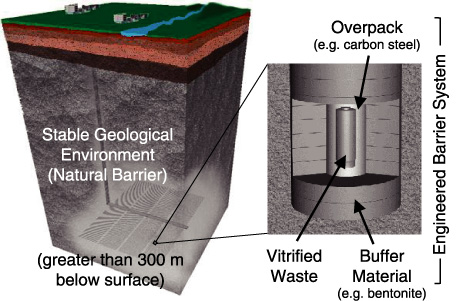
Fig.2-1 Basic concept of geological disposal of high-level radioactive waste (HLW) in Japan
Fig.2-2 JAEA’s R&D activities
In essence, geological disposal is aimed at isolating high-level radioactive waste (HLW), which is produced during nuclear power generation, from human environments over a long period of time. This is a critical issue that the present generation must take responsibility for dealing with and that remains crucial irrespective of the revision of the national nuclear energy policy in response to the accident at the Tokyo Electric Power Company, Incorporated, Fukushima Daiichi Nuclear Power Station. In Japan, spent fuel from power reactors is reprocessed to extract reuseable uranium and plutonium for power generation purposes. The liquids separated from the spent fuel during chemical reprocessing are solidified into a stable glass form. In the Japanese concept, vitrified wastes are encapsulated in a thick steel overpack, which is surrounded by highly compacted bentonite and then placed in a stable geological environment below 300 m (Fig.2-1).
Geological disposal of HLW will be a long-term project lasting over 100 years. The project begins from site selection and continues to repository construction and operation, which will be followed by post-closure monitoring. It is thus of great importance to proceed with the project efficiently, as a national responsibility, by continuously reinforcing the technical base and, more importantly, enhancing public confidence. To this end, we have made, and will continue to make, steady progress in research and development (R&D) in various fields, such as geoscientific research, engineering technology and safety assessment, to improve the technology and reliability of geological disposal in Japan. Our efforts are also focussed on promoting public understanding through disseminating relevant information and opening our R&D facilities to the public.
A particular focus of our R&D at present is on projects at two underground research laboratories (URLs) -one at Mizunami for research on crystalline rocks and the other at Horonobe for research on sedimentary formations (Fig.2-2)-with the main aim of developing a sound technical basis for the implementation of the disposal project and the formulation of safety regulations. In March 2011, shaft excavation reached a depth of 497 m at Mizunami and 250 m at Horonobe and some research galleries were made available for use. Multidisciplinary investigations are ongoing as the reliability of a variety of investigation techniques should be tested and confirmed before site characterisation begins in earnest. Underground tunnels serve as a place for the public to experience deep geological environments first-hand and appreciate our R&D activities. In addition, studies on tectonics, volcanic and faulting activities and so on have been in progress in order to evaluate the long-term stability of geological environments in Japan.
In parallel with such geoscientific research, we are conducting an extensive laboratory programme at Tokai to improve geological disposal technology. Studies have been carried out over wide range of topics, such as performance assessment of multi-barrier systems and experiments on engineered barrier systems and on the long-term chemical and migration behaviour of radionuclides under actual geological conditions. These studies involve the use of geological environment data obtained at both URLs. In 2010, databases for glass dissolution and for overpack corrosion were developed by compiling and reviewing all available experimental data.
On the basis of such R&D activities, we have been working on improving a prototype knowledge management system that was developed in 2009, in order to systematically provide multiple lines of evidence and R&D results in the form of a knowledge base.